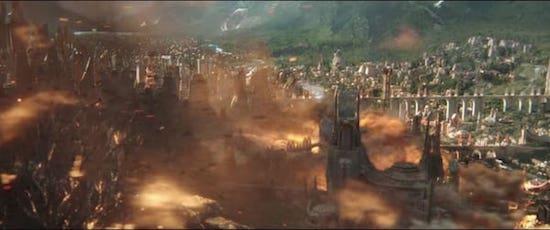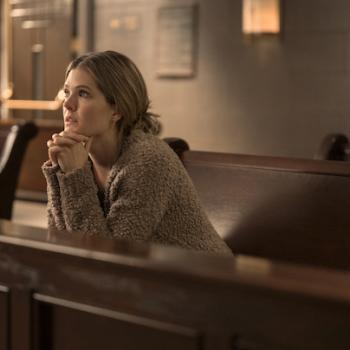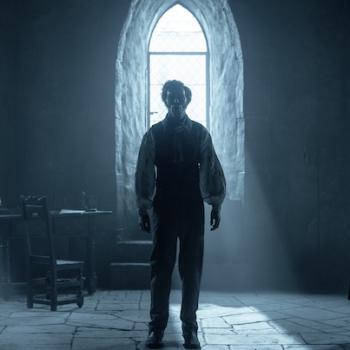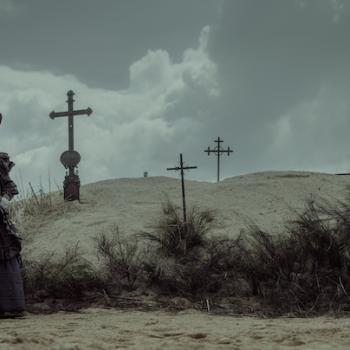
Thor: Ragnarok, photo courtesy Marvel and Disney
Ragnarok is About Apocalyptic Renewal.
The name Ragnarok refers to the ancient Norse concept of the end of the world, wherein pretty much everything—gods, demons and most of humanity—is destroyed. Check out the Poetic Edda or the Prose Edda, and you’ll see plenty of familiar characters: Thor, Loki, Odin, Hela (Hel) and the gigantic wolf Fenrir are all there. Surtur, the big flaming demon-thing we see in the movie, is there, too, engulfing the world in flames—only his name’s typically spelled Surtr and the horns are apparently optional.
The earth of Norse myth, like the cinematic Asgard, goes out with a bang—a sad but necessary ending. Turns out, a couple of humans hid out in the woods and will live on, eventually repopulating the earth again.
Obviously, the movie Ragnarok differs somewhat from classic Norse mythology. The Edda does not, for instance, detail how the Executioner Skurge whips out a couple of automatic guns (“Des” and “Troy”) to beat back the army of the dead. Still, the central point of the narrative remains: The destruction of Asgard isn’t the end: The people survive, and are on their way to a new, Hela-free place to live.
You know what else resembles Ragnarok? Christianity’s own concept of the end of the world.
Check out Revelations. It, too, promises the end to be plenty troublesome, full of death and tribulation and all manner of hardship. It, too, features a climactic battle between the forces of good and evil. And it, too, climaxes in renewal—a new heaven and new earth.
Pish, you say. Kind of a stretch to draw Christian meaning from a pagan legend, much less a 21st-century superhero movie.
But I’m far from the first to draw connections between the two. The Gosforth Cross (carved in the 10th century) in Cumbria, England, blends images from Norse mythology and Christianity—evidence, some say, that Pagan stories were being used to teach Christian doctrine.












